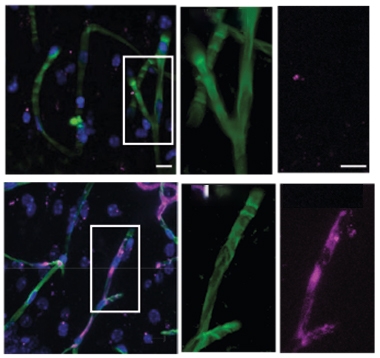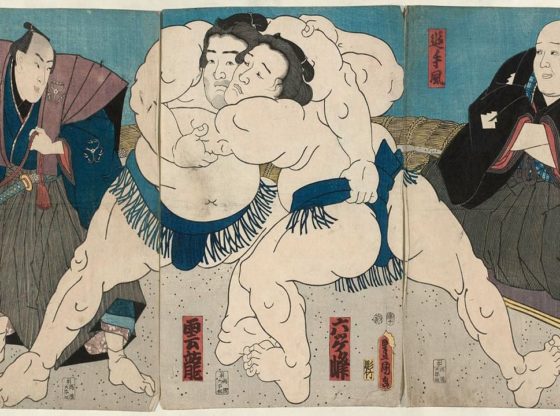
Researchers led by Tony Wyss-Coray at Stanford University show that blood from young adult mice that are getting lots of exercise benefits the brains of same-aged, sedentary mice. A single protein in the blood of exercising mice seems largely responsible for that benefit.
It’s already known that exercise induces a number of healthy manifestations in the brain, such as more nerve-cell production and less inflammation. However, the authors wrote, while “long-term voluntary exercise in mouse models of Alzheimer’s disease (AD) and related disorders improve learning and memory, and decrease neuroinflammation,” the team noted, exactly how exercise exerts these beneficial effects isn’t well understood.
In the study, published Dec. 8 in Nature, the Stanford researchers compared blood samples from exercising and sedentary mice of the same age. The investigators put either functional or locked running wheels into the cages of three-month-old lab mice, which are metabolically equivalent to 25-year-old humans. A month of steady running was enough to substantially increase the number of neurons and other cells in the brains of these running, marathoner mice when compared with the brains of sedentary mice.
Then, every three days, they injected other sedentary mice with plasma from either the running mice or couch-potato, sedentary mice. Each injection equaled 7% to 8% of the recipient mouse’s total blood volume. This is an equivalent amount in humans would be about ½ to ¾ of a pint.
The team then showed that transfusions of blood from running mice reduced neuroinflammation in the sedentary mice and improved their cognitive performance. On two different lab tests of memory, sedentary mice injected with the runner plasma outperformed their equally sedentary peers who received the control plasma.
The researchers show that ‘clusterin’, a complement-blocking apolipoprotein that ticks up in the blood after exercise, provided most of the benefit, the authors claim. Removing this single protein, clusterin, from runner mouse plasma largely negated its anti-inflammatory effect on the sedentary mouse brain. Removing no other protein the scientists similarly tested – including complement factor H (FH), glycoprotein pigment epithelium-derived factor (PEDF), and leukemia inhibitor factor receptor (LIFR) – had the same effect.
The researchers isolated clusterin that appears to play an important role in the anti-neuroinflammatory exercise effect and then injected it intravenously into sedentary mice. They were then able to see how the protein binds to brain endothelial cells and reduces neuroinflammatory gene expression in a mouse model of acute brain inflammation and a mouse model of Alzheimer’s disease. The team injected recombinant clusterin labeled with the fluorophore A-647N into 3-month-old C57BL/6J mice. Lo and behold, this clusterin lit up blood vessels in the hippocampus (see image above).
Clusterin has been investigated and spotlighted previously, but it has been unclear if plasma clusterin crossed the blood-brain barrier or how it might help the brain. Scientists suspected it may interact with the cerebrovasculature (blood flow in the brain), given that brain endothelial cells highly express the clusterin receptor ‘apolipoprotein E receptor 2’. This recent paper appears to confirm that clusterin has anti-inflammatory effects that stem from its binding to those endothelial cells, which turn down the expression of inflammatory proteins.
Neuroinflammation has been strongly tied to neurodegenerative diseases in humans. Animal studies have indicated that neuroinflammation precipitates neurodegenerative disorders and that reversing or reducing neuroinflammation can prolong cognitive health. The discovery could hence open the door to treatments that – by taming brain inflammation in people who don’t get much exercise – lower their risk of neurodegenerative disease or slow its progression.
“We’ve discovered that this exercise effect can be attributed to a large extent to factors in the blood, and we can transfer that effect to a same-aged, non-exercising individual,”
– Wyss-Coray, D. H. Chen Professor II.
Reference:
Zurine De Miguel et al. Exercise plasma boosts memory and dampens brain inflammation via clusterin PMID: 34880498 DOI: 10.1038/s41586-021-04183-x






















